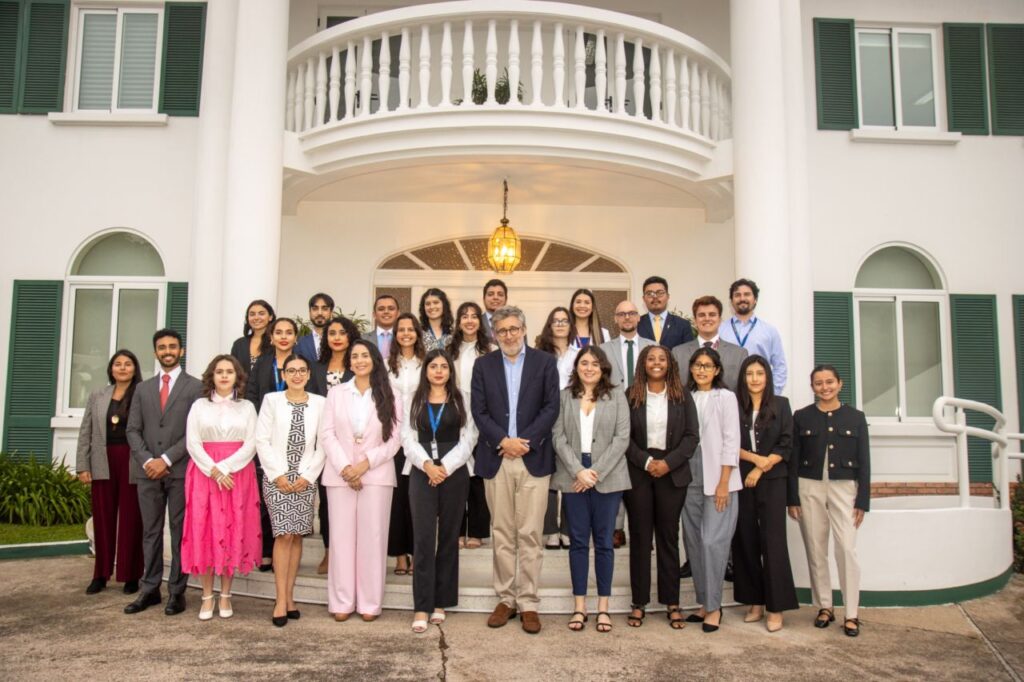By Isabela Restrepo
Upon his death in 1830, Simón Bolívar, known as El Libertador to the patria of La Gran Colombia (a territory now comprising Colombia, Ecuador, Panama, and Venezuela), had one dream: that the people he had liberated would live in peace and harmony under one flag. Sadly, in 1831, shortly after his passing, the republic was dissolved into separate states. Although they have since evolved into distinct societies, each with its traditions, slang, dances, and foods, they still share remarkable similarities. These commonalities are nostalgic reminders of a shared liberating past but also fuel ongoing nationalistic debates.
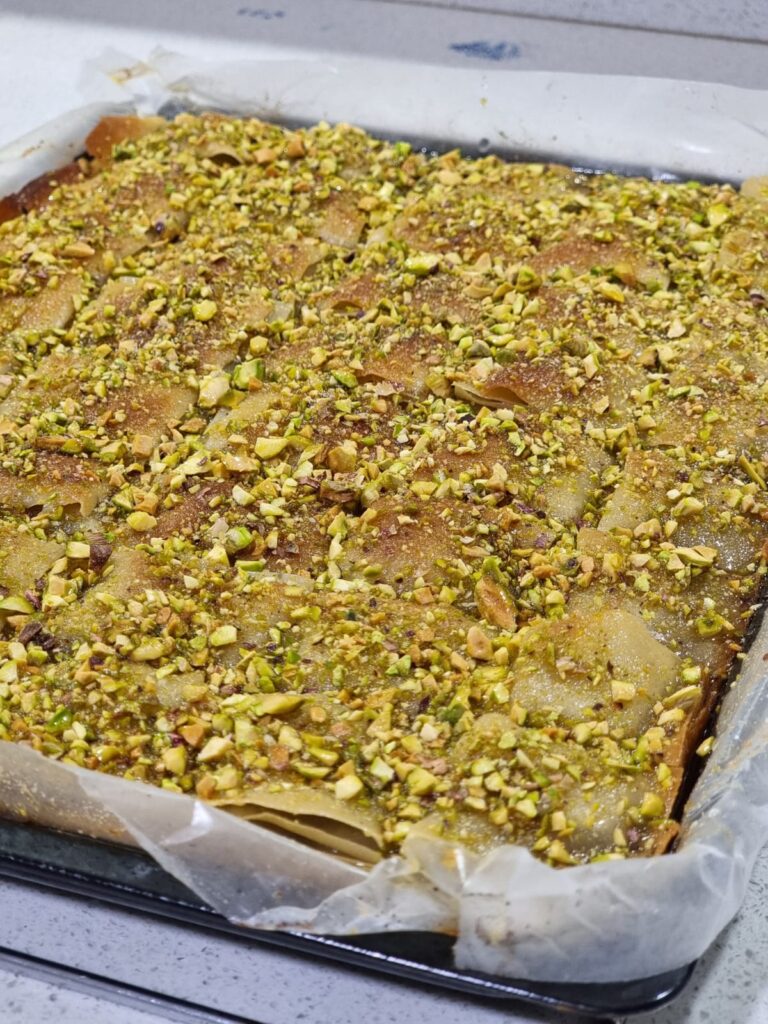
One such debate comes to life at lunchtime, when my peers and I, hailing from various parts of Latin America, often exchange stories about our diverse life experiences and traditions. Every week, someone brings a typical candy or snack from their home country for us to share. Without leaving San José, I have had the chance to taste brigadeiros, choripans, maté, and even homemade Baklavas made by my Palestinian-Chilean colleague. This has been a wonderful learning experience, but it has also unearthed a long-standing grievance amongst my peers of the ex-Gran Colombia: the infamous battle over the origin of the arepa. Arepas, round and flat cornmeal cakes originating from Venezuela and Colombia, are typically grilled, baked, or fried, and stuffed or topped with various fillings like cheese, meats, or vegetables. The debate centers around whether the arepa was first created in Venezuela or Colombia, as both countries claim it as a traditional and iconic part of their culinary heritage.
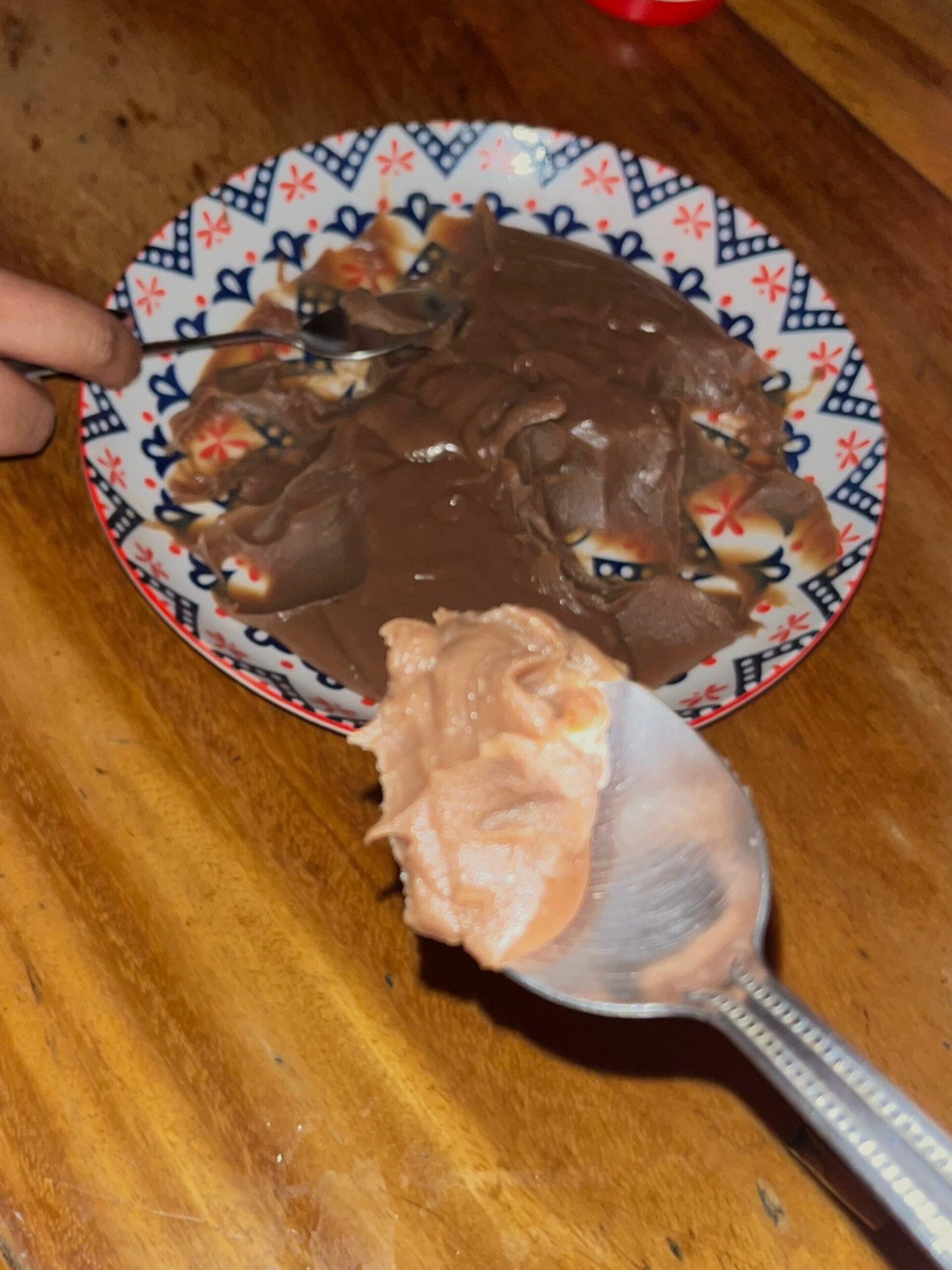
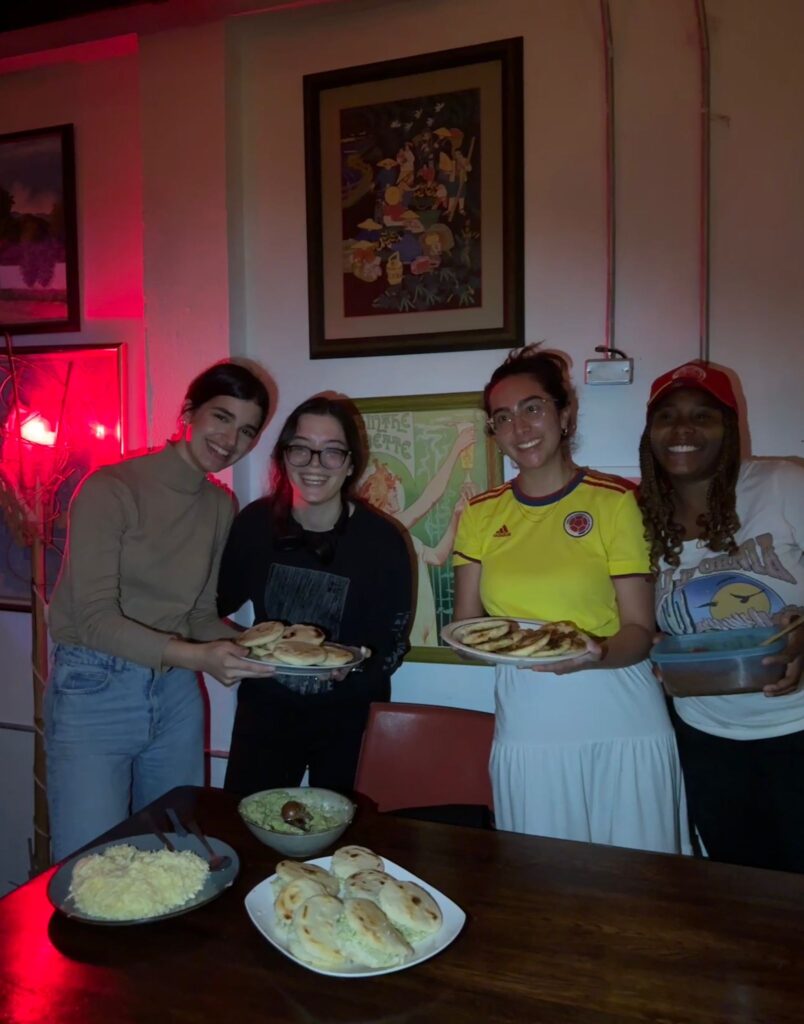
In a proud effort to settle this debate once and for all, we held an arepa competition among interns. This led to an intense cooking battle between my colleague Gabriela and me against our Venezuelan colleagues, Ellis and Romina. An Arepa-Off was not in the activities I had planned for my stay in Costa Rica, yet it has been one of the most memorable evenings of my internship. That evening, our ability to work in teams and under pressure was tested as we fought to render the best version of our respective versions and make our nations proud. After over 3 hours of cooking, 60 arepas, 26 happy judges, and 4 exhausted cooks, we concluded that both versions of the arepa were uniquely delicious and that the debate over their origin would remain eternal.
What if we all sat down to discuss over an Arepa?
Discussing among lawyers, interns, and even ambassadors, I have learned that although the Court has its issues and may be heavily criticized, it has served as an important hub for discussion between states. Its decisions and advisory opinions have prompted significant legal and political discourse, encouraging states to reflect on their human rights practices and engage in reforms. The Court’s role extends beyond mere adjudication; it acts as a catalyst for dialogue, bringing together diverse legal traditions and political systems to find common ground.
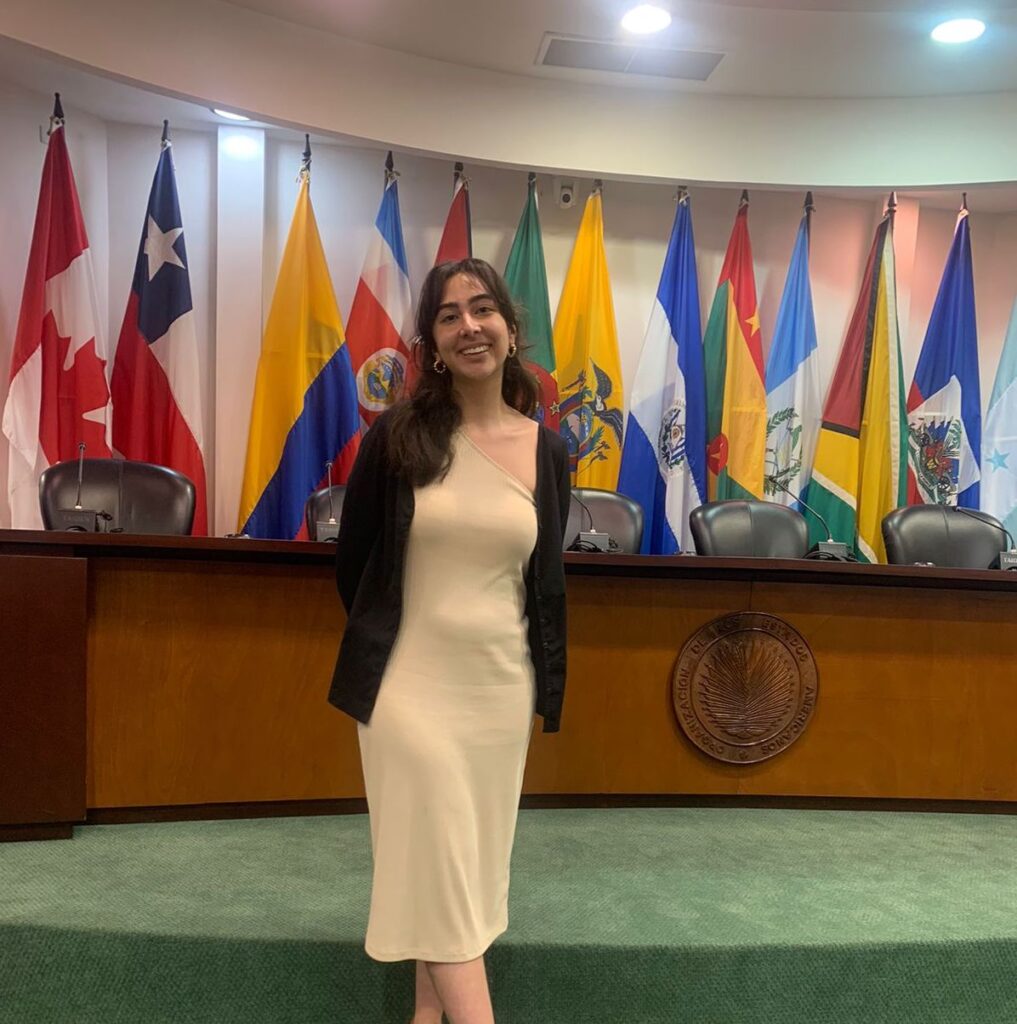
Just as our lunchtime arepa debates highlighted our differences and commonalities, the Court facilitates a crucial dialogue that, while not always resolving every issue, fosters a greater understanding and respect among the nations of the Americas. These discussions, much like our culinary exchanges, reveal the richness of diversity while underscoring shared values and experiences. The debates and rulings of the Court push states to confront uncomfortable truths, acknowledge past wrongs and commit to progress. In its 50+ years of existence, the Court and the environment it fosters have brought significant changes to the human rights landscape in the continent. For example, in the case of Castañeda-Gutman vs. Mexico, the Court’s ruling now allows candidates to run for elections as independents, reflecting its impactful role in promoting democratic rights.
As an intern, I work under the supervision of a lawyer in the secretariat. This area of the court is responsible for handling cases, conducting legal analyses, and drafting judgments under the supervision of the judge and secretariat. I draft legal memos and sections of judgments, conduct legal research, compile relevant case information, and support the secretariat in various legal tasks. Drawing from judgments across the continent, I have learned to navigate cases with vastly different facts and settings, yet similar issues. The recurrence of these issues across countries underscores the common thread of International Human Rights Law: the necessity for cooperation and mutual learning to improve conditions and prevent repeated violations in diverse contexts.
In the same way, our arepa competition underscored the enduring connections between Venezuela and Colombia despite their differences, the Court’s work illuminates the interconnectedness of the Americas and the collective journey toward upholding human rights in our respective countries.
